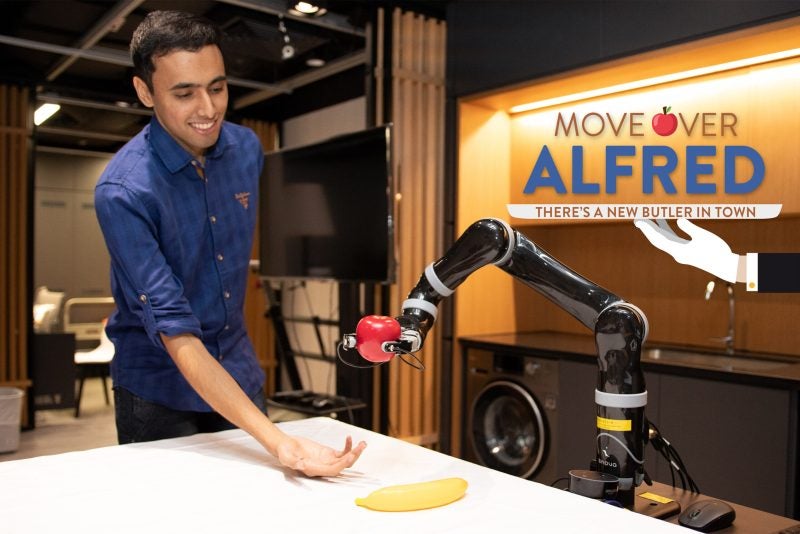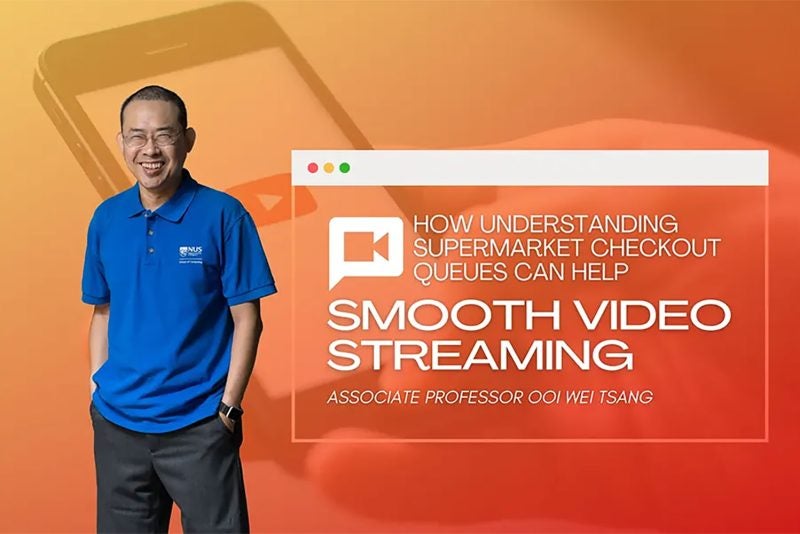Have you ever gone to an e-commerce website with the intention of buying one specific thing, but then ended up with something totally different?
Maybe you went on Carousell, a popular consumer-to-consumer marketplace, with the idea of getting a new backpack for an upcoming trip, but decided to buy a duffel bag instead. Or maybe you went to Facebook page of Pomelo, an trendy online-to-offline fashion retailer, with plans to check out a funky new pair of pants for a forthcoming party, but came across a few shirts that seemed perfect for the office too.
In the vast and growing world of online retail, serendipitous discoveries like these are common.
But have you ever stopped to wonder why you might make a totally unexpected discovery one day and have a perfectly predictable experience the next? The structure of an e-commerce website—and particularly the types of user-generated content that you might find there—could play a major role, according to new research by Jack Jiang, Professor of Information Systems and Analytics at the National University of Singapore (NUS) School of Computing.
The Rise of Social Commerce
As user-generated content becomes increasingly ubiquitous on e-commerce sites, and as many of the top social media sites become essential channels for finding and evaluating consumer products, the traditional boundaries between social media and e-commerce are blurring. This trend, often referred to as “social commerce,” allow shoppers to leverage the opinions of their peers and respected experts during the search process. These opinions can help them find and evaluate products they are already seeking, and also discover new products they might not have previously considered—a phenomenon that Jiang refers to as “serendipitous” search.
Imagine, for example, a Facebook user scrolling her feed while waiting for the bus to work. The bus is late and she’s feeling bored. Suddenly, she stumbles upon a photo of a friend with a nifty new electric scooter and finds herself intrigued. One of the comments on the photo includes a hashtag signifying the name of the scooter brand, which leads her to that brand’s homepage, where she places an order. She may have started her day with a latent desire for a faster and easier way to work, but the time she arrived at the office, she already discovered, researched, and purchased a consumer product that promises to revitalize her daily commute.

In the early days of e-commerce, options for finding new products were much more limited. A standard approach was to use a search engine like Google to identify websites with products for sale, and then look through an on-site catalogue that organised products according to pre-determined categories. Over time, some e-commerce sites started introducing internal search engines and recommender systems that would look at a user’s past behaviour and other variables to proactively suggest products of potential interest.
The rise of social commerce introduced an array of new cues that can support product discovery and evaluation. Examples include “likes” on social networks like Facebook, user reviews on sites like Tripadvisor, and “product tags” on platforms like Pinterest that allow users to navigate products based on keywords generated by other users. And while most social commerce sites allow all registered users to contribute, some tend to feature the recommendations of “expert reviewers,” or people who are known within a community as a trusted or compelling source of information.
The Science of Serendipity
But how do these various social cues impact our shopping behaviour? A recent study by Jiang and colleagues—including Cheng Yi of Tsinghua University and Izak Benbasat of the University of British Columbia—provides initial some clues. Published in Information Systems Research, a leading academic journal by The Institute for Operations Research and the Management Sciences, the study investigated search behaviour in an experimental website that used real data on restaurants in Shanghai from a leading Chinese social commerce platform.
The study, one of the first of its kind, looked specifically at two types of social cues—product tags and expert reviews. The results suggest that product tags can be a great tool for helping consumers to conduct diagnostic searches for products that they are already seeking, since they facilitate navigation of options within a predefined product category. When combined with reviews from influencers, however, product tags can make consumers more open to serendipitous discoveries that fulfil latent and unknown desires.
These results have clear significance for both shoppers and merchants. They indicate that user-generated content not only influences the types of products we look for online, but also the very process of how we seek them.
“We are only just beginning to understand how serendipitous discoveries happen on the internet,” says Jiang. “Understanding serendipity can yield valuable insights that help buyers and sellers come together in more productive ways, particularly as social commerce platforms become increasingly important in the fabric of commercial life.”
Paper:
Designing for Diagnosticity and Serendipity: An Investigation of Social Product-Search Mechanisms































